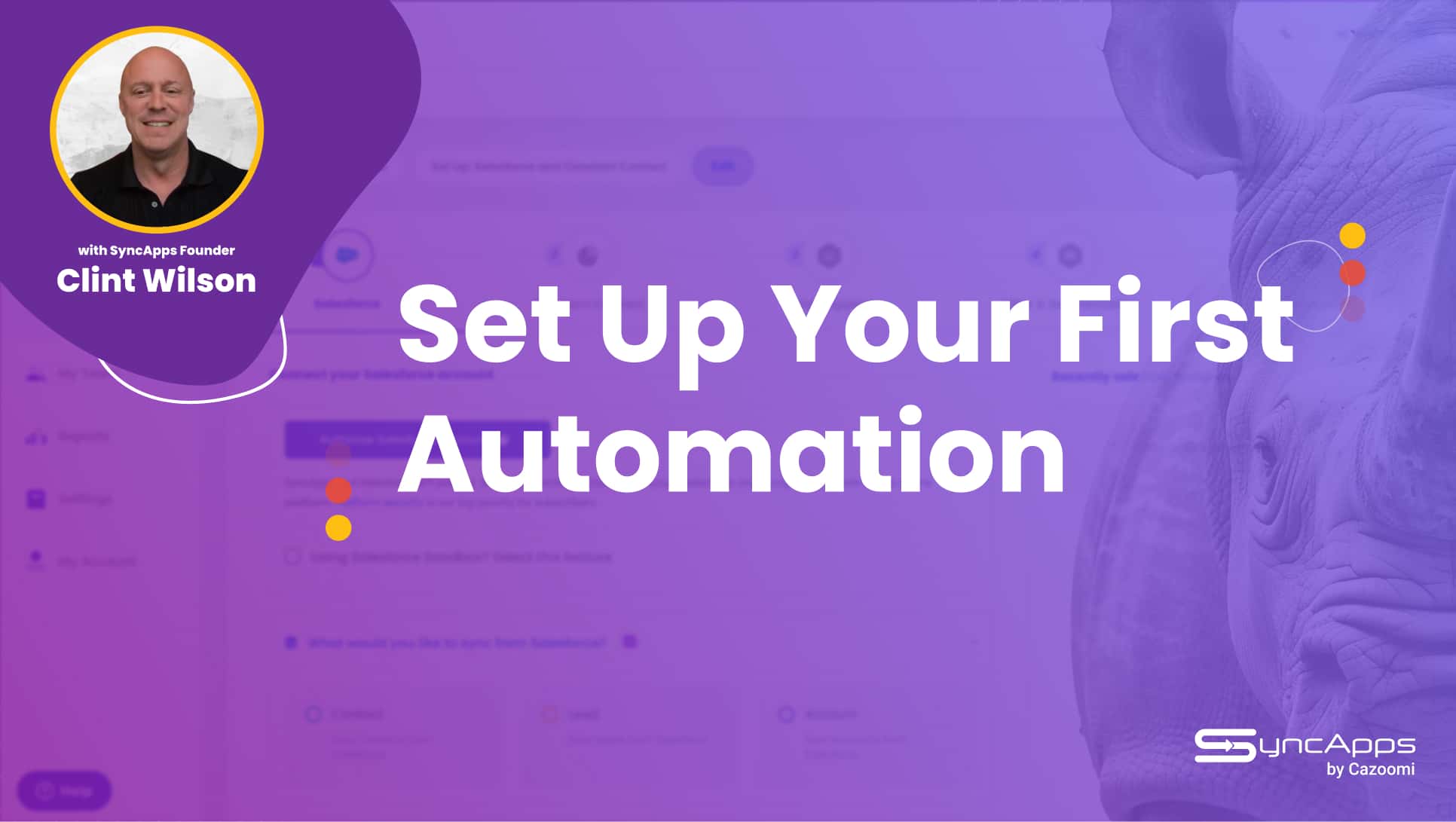
Data has become an extremely valuable asset for many organizations worldwide. However, for an organization to run smoothly, its data has to be accurate, timely, and complete. In other words, data quality over data quantity.
Integration brings all the relevant data of a company together. Still, integration does not ensure data quality.
To obtain quality, you have to prioritize data management and governance.
Not sure if your data meets the quality criteria for integration? The SyncApps experts can help you clean it and make sure you leverage it to the fullest! Create a SyncApps account ($0) and schedule a free call with our consultants!
Here are five ways to ensure your data is right for your integration process.
Step 1: Incorporate Data Management into the Integration Process
Data quality management is step 1 of the integration process. This entails checking the condition of the data to confirm that it meets the quality standards of the organization.
We advise you to manually check the quality of the data, especially at the early stages of the integration process. This will ensure that the non-compliant or bad data is removed from the system before the integration process.
Using only software solutions for this task is not advisable as the software may be reactive in this new environment, thereby leading to more IT issues that may tarnish the quality of the data. Sure, automation is great (and we’re the first to say so!), but sometimes manual intervention is required.
It is advisable to develop the data management program into the data integration project as you progress to ensure that the data residing in the system is more accurate and complete.
Step 2: Data Governance in the Integration Process
Data governance refers to a set of rules and procedures that a firm establishes to control the process of collecting, storing, managing, and processing the data.
The primary aim of data governance is to eliminate the BI process resulting from unclean data. The data governance strategy begins with the development of a data governance policy. This policy should be developed with data quality goals in mind.
Software solutions like SyncApps by Cazoomi can help in the process of ensuring data quality and governance.
With the right integrations of your mission-critical software, you make sure that all your data is clean from the get-go and that you can get relevant insights from it.
Step 3: Make Small Steps to Improve Data Quality
You can ensure your data meets quality standards in the integration process by tackling each type of data used in the operation along with each application used for the data.
For example, your data on customers can be checked against the particular software in charge of this data – perhaps NetSuite or Salesforce.
Do not attempt to solve quality issues for all your data at once. Instead, focus on a single data batch or source at a time before taking on big challenges in data management.
Step 4: Set up Goals for Your Data Management Project and Metrics for Tracking Progress
It is important to establish measurable goals for your data management project. To do this, you will need to determine what data quality means in your organization. Spoiler alert: the definition is different for every company.
If it is customer data, for instance, then you will have to check if all the customer data is complete. This may mean checking if the customers’ addresses are current and whether all the existing data of the customer is up to date.
The process of checking the completeness and accuracy of the data should also be evaluated. This includes setting the metrics for determining your definition of quality and resolving any discrepancies that may arise.
Say goodbye to error-prone manual data migration and hello to accurate customer data. Integrate your CRM and email platforms and make sure your data is accurate without lifting a finger!
Step 5: Incorporate Workflow Automation into the Data Management Process
Data discrepancies and omissions are common issues that affect its quality. If you wish to solve these matters promptly, you will have to use workflow automation software – feel free to email or call us anytime for recommendations of such software tailored to your needs.
This software will flag data discrepancies in the integration process and communicate the issue via email to the data manager.

Conclusion
Adhering to these five rules will enable your company to improve the data quality without incurring any significant expenses.
Taking an agile approach in the process of data management and governance as well as incorporating the right automation software will help you ensure that you have the right setting in place to maintain the quality of your data and proper data management practices.





